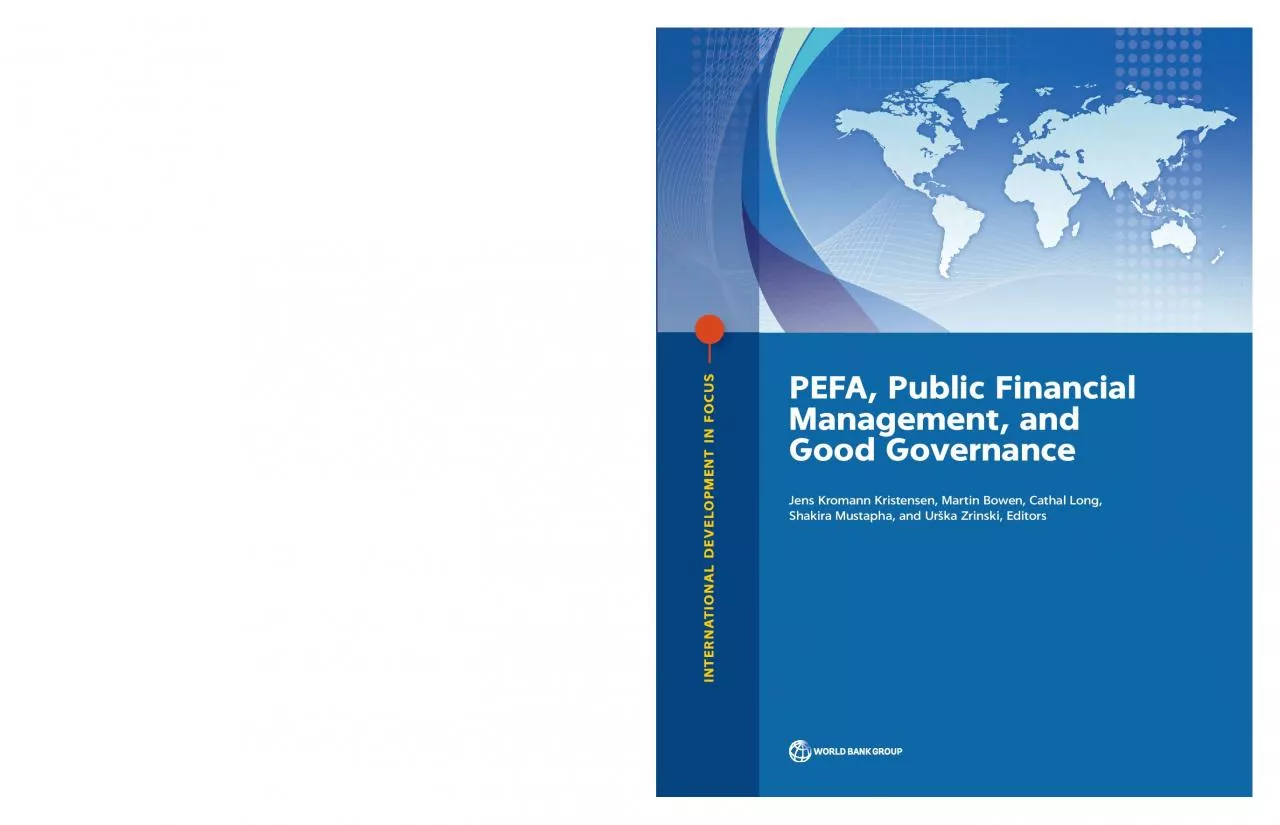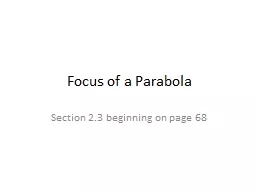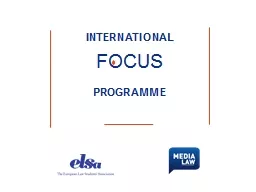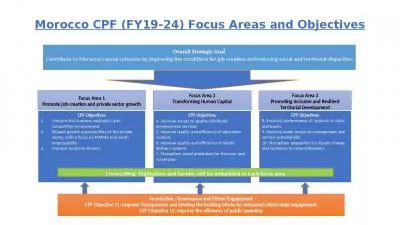PDF-INTERNATIONAL DEVELOPMENT IN FOCUS
Author : ava | Published Date : 2020-11-25
INTERNATIONAL DEVELOPMENT IN FOCUS PEFA Public Financial Management and Good Governance Jens Kromann Kristensen Martin Bowen Cathal Long Shakira Mustapha and Ur154ka
Presentation Embed Code
Download Presentation
Download Presentation The PPT/PDF document "INTERNATIONAL DEVELOPMENT IN FOCUS" is the property of its rightful owner. Permission is granted to download and print the materials on this website for personal, non-commercial use only, and to display it on your personal computer provided you do not modify the materials and that you retain all copyright notices contained in the materials. By downloading content from our website, you accept the terms of this agreement.
INTERNATIONAL DEVELOPMENT IN FOCUS: Transcript
Download Rules Of Document
"INTERNATIONAL DEVELOPMENT IN FOCUS"The content belongs to its owner. You may download and print it for personal use, without modification, and keep all copyright notices. By downloading, you agree to these terms.
Related Documents














